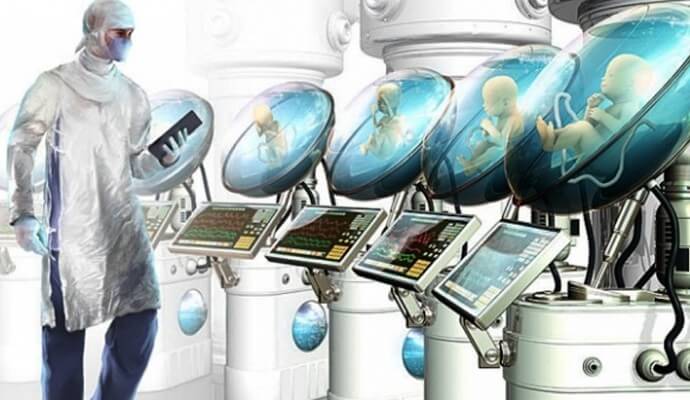BERLIN — A biotechnologist in Germany is developing the world’s first artificial womb facility, and it lets you choose baby’s characteristics from a menu. EctoLife, able to grow 30,000 babies a year, is said to be based on over fifty years of groundbreaking scientific research.
The concept is the brainchild of Berlin-based Hashem Al-Ghaili. He says the facilities would allow infertile couples to conceive a baby and become the true biological parents of their own offspring.
A so-called ‘Elite Package’ would allow you to genetically engineer the embryo before implanting it into the artificial womb. Everything from eye and hair color to strength, height, and intelligence can be chosen, and inherited genetic diseases can be avoided.





